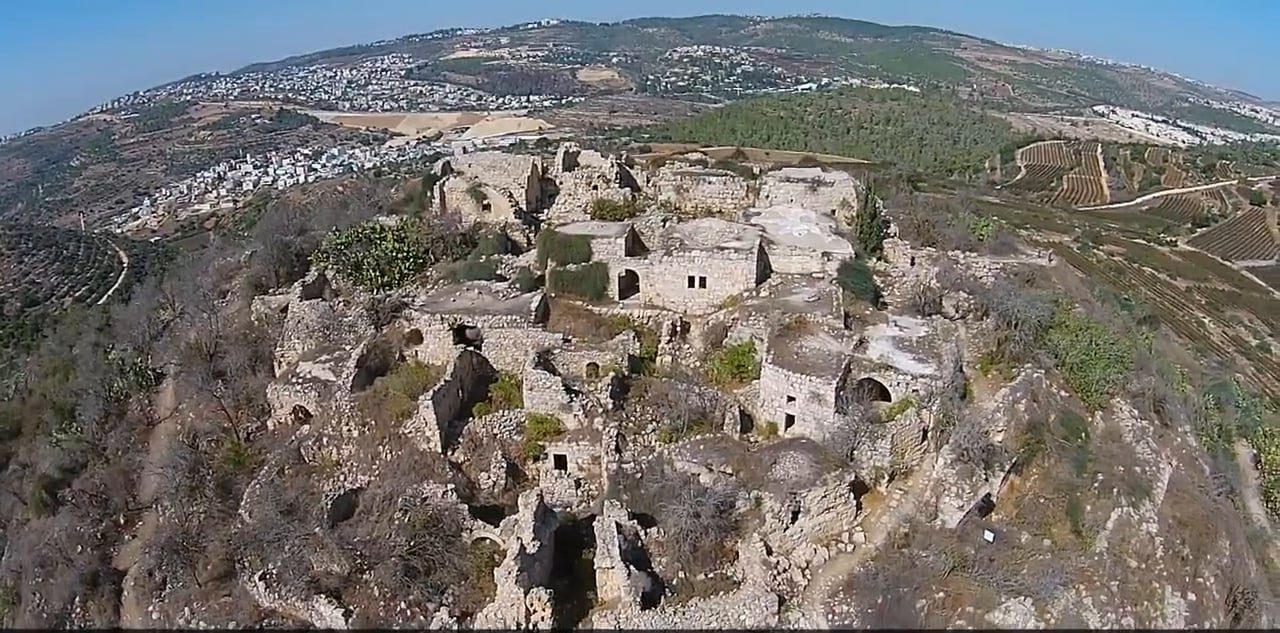Menu


(Because of the Labor Day weekend I am re-posting this blog from May 12, 2014. Enjoy your holiday!)
One hundred years ago, many scholars believed that the Bible told the history of a mythological world and was unrelated to actual events and the people who were part of them. In essence, the Bible was created to tell a great story, but it was not authentic. While there is indeed truth in fiction, the Biblical truth was not thought to be one with a historical foundation.
But all that changed, particularly in the last century, and it’s critical to understand the important role that archeology played in validating the scriptures. Archeology will not and cannot prove the Bible to be the word of God; however, when archeologists do their work of digging and sifting in the Middle Eastern part of our world, they find ancient sites that are consistent with the Bible’s account. The sites are located where the Bible said they would find them, and the scholars are able to read these ancient findings and determine whether both its history and geography are biblically accurate.
Listen to the words of Dr. John McRay, who has written a rich and deeply comprehensive book on archeology in the New Testament:
…this is what archeology accomplishes. The premise is that if an ancient historian’s
incidental details check out to be accurate time after time, this increases our confidence
in other material that the historian wrote but that cannot be readily cross-checked.
And as far as recent archeological discoveries go, McRay concludes, “There is no question that the credibility of the New Testament is enhanced.”
The credibility of any ancient document is improved when one excavates and finds that the author was accurate when he or she described a particular place or event. For example, up until 1993, there had been no archeological discovery that confirmed the existence of King David, certainly one of the most crucial figures in the Old Testament. Perhaps more is written about David in the scriptures than anyone other than Jesus. Then, on July 21, 1993, the absence of confirmation changed.
Avraham Biran and a team of Israeli archeologists were excavating the ruins of the ancient Israelite city of Dan in upper Galilee. The workday was nearly over when they encountered a flattened basalt stone protruding from the ground. The stone appeared to contain Aramaic letters etched into the smooth surface. In an instant Biran knew that they had stumbled upon a rare archeological find. He had never seen a stone like this. The find would end up making the front page of the New York Times.
The basalt stone was quickly identified as part of a shattered monument from the ninth century B.C., apparently commemorating a military victory of the King of Damascus over the house of David. In the inscription are the clear words “House of David.” As the award-winning journalist Jeffrey Sholer observed:
With Biran’s startling discovery, the skeptics’ argument has suffered a serious blow. Now, at last
there was material evidence, an inscription written not by Hebrew scribes, but by an enemy of
of the Israelites a little more than a century after David’s presumptive lifetime. It seemed to be
a clear corroboration of the existence of King David’s dynasty and, by implication, of David
himself.
What most people don’t realize is that, since 1948, archeologists have discovered over 100,000 relics in Israel, and the most significant of them are similar to Biran’s find in 1993; that is, the yields from the archeological digs are support or, at worst, neutral to the stories and beliefs from the Bible. Not once has the discovery invalidated the claims of the Bible.
Biblical archeology as a science, as history, and as a discipline continues to add to man’s understanding of the past. What is so interesting is that each time that archeology sheds new light on the Bible, the biblical record gains greater validity and trustworthiness as a historical document; in turn, the record proves it to be a useful tool for the archeological community at large.
Dr. William Albright, legendary professor and archeologist at Johns Hopkins, had this to say:
The excessive skepticism shown towards the Bible by important historical schools of the eighteenth and nineteenth centuries has been progressively discredited. Discovery after discovery has established the accuracy of innumerable details and has brought increased recognition of the value of the Bible as a source of history.
Sir William Mitchell Ramsay is considered to be one of the greatest archeologists in history. He performed most of his work across Asia Minor and the Middle East. An Englishman, he was reared by atheist parents of great wealth, and unsurprisingly, their beliefs contributed to his likewise having no belief in God. Receiving his doctorate in archeology from Oxford, he committed his entire life to archeology and set out for the Holy Land with the intent of undermining the validity of the Bible. His hope was to discredit the book of Acts. He was confident that he could do so because there was simply so much historical information upon which he believed he could draw.
I began with a mind unfavorable to it (Acts) . . . It did not lie then in my line of life to investi-
gate the subject minutely; but more recently I found myself often brought into contact
with the Book of Acts as an authority for the topography, antiquities, and society of Asia
Minor.
Over time and as a result of the evidence that he uncovered in his research, Ramsay was forced to reverse his beliefs completely. After thirty years of vigorous and comprehensive analysis, this is
what he had to say about Luke’s ability as a historian,
Luke is a historian of the first rank; not merely are his statements as facts trustworthy. . . this
author should be placed along with the very greatest of historians . . . Luke’s history is
unsurpassed in respect to its trustworthiness.
These are strong words and are of vital importance. Christianity is the only world religion for which its spiritual truth depends on the veracity of clearly defined and discoverable historical events.
Eventually, after uncovering many artifacts confirming the historicity of the New Testament record, Ramsay would shock the archeological community when he wrote to the world that he had become a Christian.
A significant portion of this post is taken from my book, Reliable Truth: The Validity of the Bible in an Age of Skepticism. If you are interested in reading more, you can find this book and others on our online bookstore and Amazon.com
Add grace and understanding to your day with words from Richard E. Simmons III in your inbox. Sign-up for weekly email with the latest blog post, podcast, and quote.

For local orders in the Birmingham, AL area, enter Promo Code LOCAL at checkout to save shipping. We will email you when your order is ready for pickup.
Bulk discounts for 25 or more books! Call 205-789-3471 for prices.